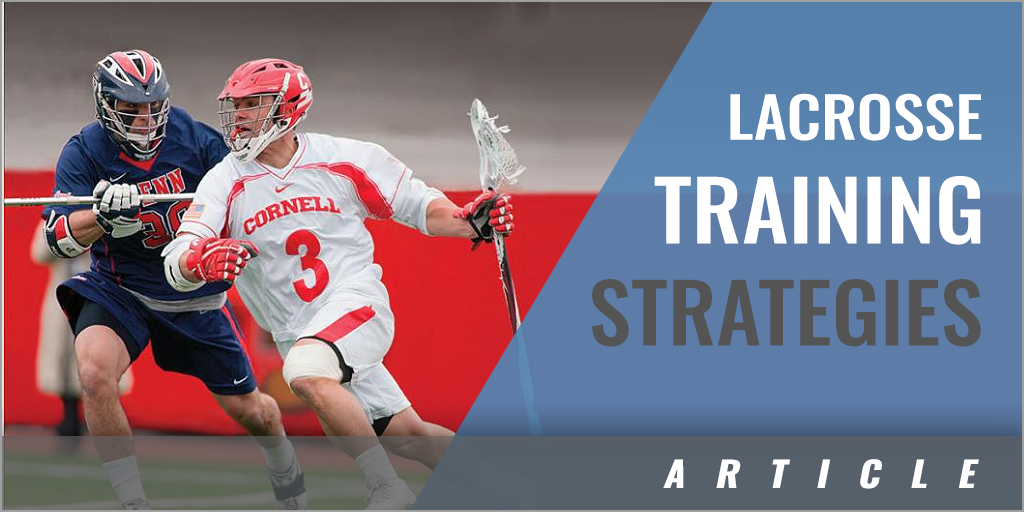|
By: Tom Howley, Associate Director of Athletics for Athlete Performance - Cornell University Originally Published in: Complete Conditioning for Lacrosse Provided by: Human Kinetics Before beginning to design the off-field workouts, it is crucial to understand the philosophical principles that support the training model. The perfect program exists only in theory. It is important to create the best possible model that addresses each athlete's specific needs. The foundations of training must be considered before beginning the planning phase. First, training must be approached in a comprehensive manner. This means that all elements necessary for competition - strength, power, speed, agility, conditioning, flexibility, and recovery - must be part of the program at some point during the training cycle (and may overlap). Neglecting some of these characteristics will produce less-than-optimal results. Next, strength development is the key to any athletic endeavor. A stronger athlete is a better athlete. Without a foundation of strength, other areas of the training model may be compromised. For example, power gains will not be as substantial without a baseline level of strength that enables the speed component to transfer into practical skills. For most healthy athletes, the most effective way to develop strength is to perform closed kinetic chain, multi-joint movements with free weights. Such movements develop joint integrity, flexibility, and specific movement patterns that are necessary for successful performance in lacrosse. In addition, resistance training . must produce physiological symmetry. Athletes whose muscular structure is out of balance are less effective and may be more likely to sustain an injury. All training programs must include movements that promote joint and muscular balance from side to side, top to bottom, and left to right. Third, all training activities must transfer to practical, lacrosse-specific skills. This is accomplished by incorporating proper linear and lateral speed mechanics (e.g., running technique) and sport-specific conditioning (e.g., speed endurance training) into the training program. Without these important links, the strength and power earned in the weight room cannot be effectively transferred to competition. A strong, powerful lacrosse player who lacks speed endurance may be effective for a short period of time but will eventually lose skill precision as the game enters the second half - when the outcome of most games is determined. A less experienced athlete in particular must learn to work on all facets of the game and not focus just on the elements that seem most appealing or comfortable. Next, a comprehensive program must be implemented in a logical manner and broken into stages (cycles) that complement skill training and development. This type of strategic planning is known as periodization. Each stage, or cycle, must have clear objectives; the long-term goal is always improved performance. Recovery techniques must be consistently used alongside training. Proper nutrition, flexibility, and rest are crucial for success. These elements provide the means for supercompensation (i.e., elevating performance capabilities) and allow for overall growth and development. The final and perhaps most important consideration is the manner in which training is conducted. Mental focus, determination, and willingness to break through physical barriers are characteristics that all great lacrosse players draw upon during a game. This same attitude must be present while preparing to play. Each workout must be conducted at a level of intensity that matches that of game day, and athletes should take on every training opportunity with a game-day mentality and the desire to overcome obstacles. Without these elements, training results may be lacking and the end result will be disappointing. Lacrosse is a physically demanding, high-speed sport that requires each athlete to be physically and mentally strong, powerful, well conditioned, and disciplined. For players to best prepare to compete and succeed, off-field training must be incorporated into the training schedule, and training to develop strength, power, speed, agility, and conditioning along with lacrosse-specific skill development must take place simultaneously. There are no shortcuts! Off-the-field training requires a great deal of hard work; persistence in performing the workouts and having a logical, organized plan of attack are the most effective ways to attain goals. Each athlete must be committed to excellence, be patient in waiting for results, and - most important - have fun along the way! |







